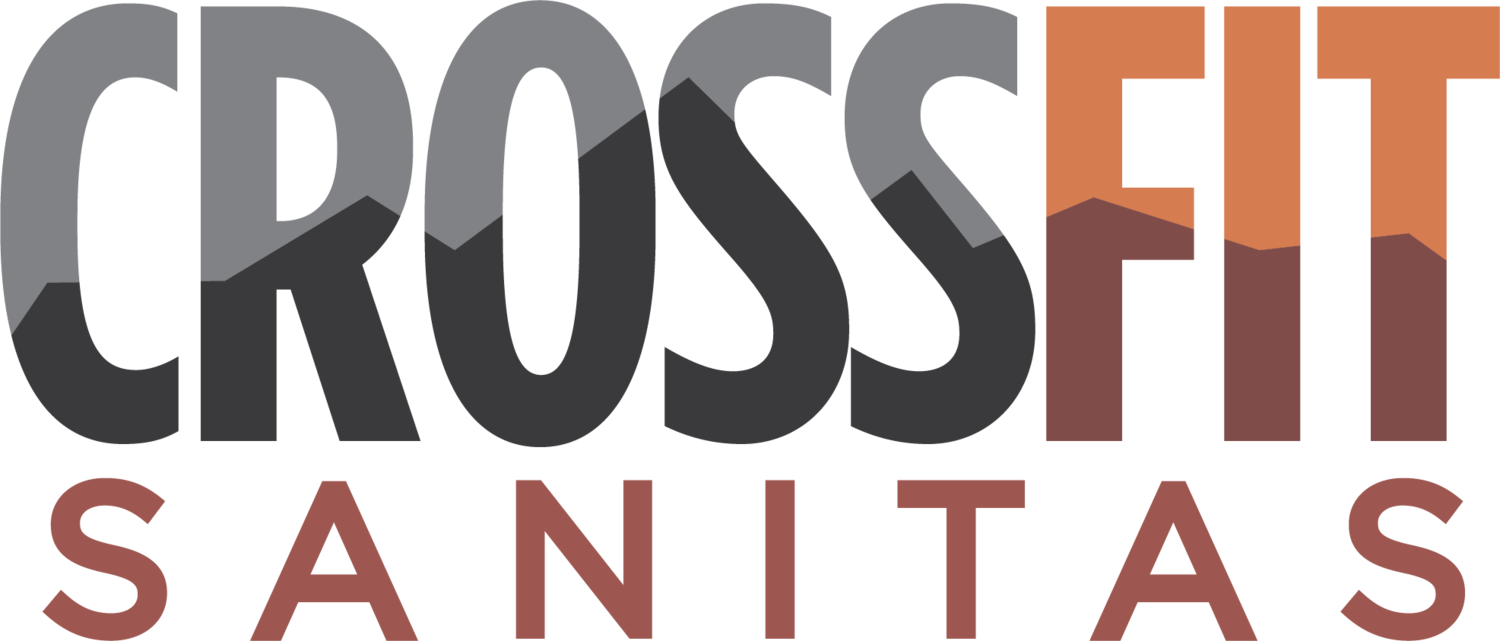Nutrient Timing: Leaning Out vs. Adding Muscle
During every Clean Challenge (and any good nutrition program), the first thing we're concerned about is the quality of food you're putting in your mouths. All by itself, this approach has shown to be greatly beneficial for most Challengers, as well as for the general population. The second thing we're concerned about is how much you should eat - both in calories and macros - for your desired body composition. Simply taking these two things into account means, for the vast majority of people, that they'll reach their goals.
Once you've honed those two things, the next step is nutrient timing. Especially important if you're really active (5+ days of 45-60 minutes of intense exercise per week), nutrient timing can have a huge effect on how your body adapts to exercise-induced stress.
Nutrient Timing for Performance and Muscle Gain
Everyone's hormones are in a state of constant flux, and timing what you eat can enhance your body's hormonal response to the nutrients you're taking in. It creates a better balance of these hormones that will increase metabolic efficiency, boost your energy levels, and even improve sleep patterns.
Step 1: For really active athletes, carbohydrate metabolism is greatly enhanced in the time window surrounding your workout. Because of this, we recommend that you have a nutrition shake right after your workout with a 2:1 ratio of carbs:protein. Aim for protein that's high in amino acids (like whey, collagen or soy) and fast-digesting carbs. The carbs can be in powder form, like rice powder, or they can be something like a banana or handful of berries.
Targeting your carbohydrate intake in this way helps replenish ATP stores and increases protein synthesis, which directly impacts muscle growth. It also helps to counteract the breakdown of muscle tissue that happens after eercise. Simple carbs are your friend within this time window, helping your body metabolize protein in a more efficient way. One thing to avoid after a workout is dietary fat, which will decrease the absorption of muscle glycogen (which is your source of energy during your next workout) and inhibit efficient protein synthesis.
Step 2: An hour after your workout make sure to have a well-balanced meal consisting of carbohydrates, proteins, and fats. A great example is something like a chicken stir-fry with veggies over rice. During the rest of the day stick to similarly-balanced meals with lots of veggies, slow-digesting starches with lots of fiber, quality protein, and beneficial fats (i.e. coconut oil, grass-fed butter, avocado, olive oil). This means sweet potatoes, squash, and other veggies as your primary carbohydrate source, and focusing on free-range chicken, grass-fed beef, and fish as your primary meat sources.
This article from Harvard Health can give you some guidelines for both fast-digesting carbs you can eat around your workout and slow-digesting carbs to be eaten throughout the rest of the day.
Nutrient Timing for Fat Loss
If your primary goal is to lose fat, it's worth it to note that this shouldn't mean restricting calories in such a way that you'll lose muscle. You'll likely gain muscle a little slower than the folks eating for performance, but you should still be gaining lean muscle mass.
As with the group that's eating for performance, your goal should be eating quality foods at the right quantities in order to lose any excess fat. Doing so will keep your insulin levels balanced so you're not yo-yoing throughout the day with sugar spikes and crashes. Think about it this way: the harder your endocrine system (responsible for your insulin response) has to work, the more likely your body is to hold onto fat.
Step 1: Start your day with water. Drink water as soon as you wake up, preferably with a touch of Himalayan/sea salt and lemon. This'll help promote healthy digestion, which will enhance how your body utilizes food throughout the day.
Step 2a: For those that workout in the morning, try to go to the gym fasted. Eat right after you're done, with the same 2:1 carb:protein ratio suggested above. Shoot or 30 grams of carbs and 15 of protein.
Step 2b: For those that workout in the afternoon, start your day with 20 grams of protein and some high-quality fats. Try a Bulletproof Coffee with some added protein powder. If you're not a coffee-drinker, a great option is salmon salad.
The idea is to try and ride out your initial ghrelin release (your hunger hormone telling you to eat) that corresponds with increasing cortisol levels. After that initial spike, your body's metabolism will start to normalize and you'll gain mental focus and energy without spiking your insulin.
Step 3: After the first part of your day, snack with an apple and some almonds. For lunch, make sure you get some quality carbs like sweet potatoes or squash, and good protein like fish, chicken, or grass-fed beef. Post-workout, have a nutrition shake (30g carbs:15g protein), then eat a healthy, well-balanced meal for dinner. Also: eat lots of veggies!
Conclusions
No matter what your goals are, eat high-quality, well-balanced meals throughout your day!
Try to stick to a meal and snack schedule, so your body knows what to expect.
Focus on a 2:1 carbohydrate:protein ratio around your workouts.
Be consistent in the gym.
Put together, these 4 simple things can yield big, sustainable results. Have fun and challenge yourself over the next 30 days to stick to this and see what type of results you see. You will get stronger, leaner, and feel more confident!



